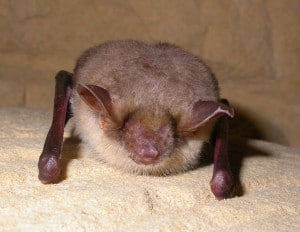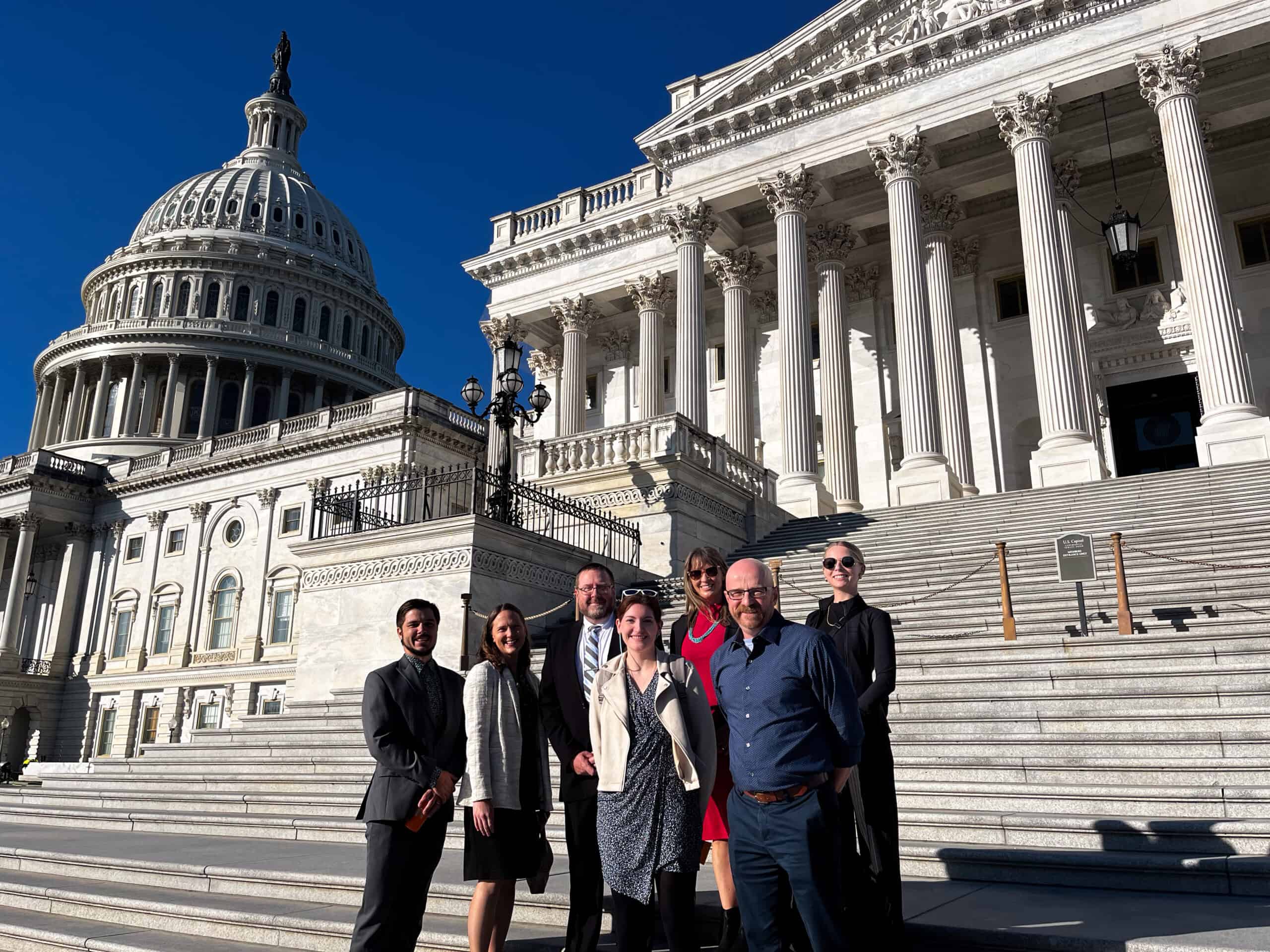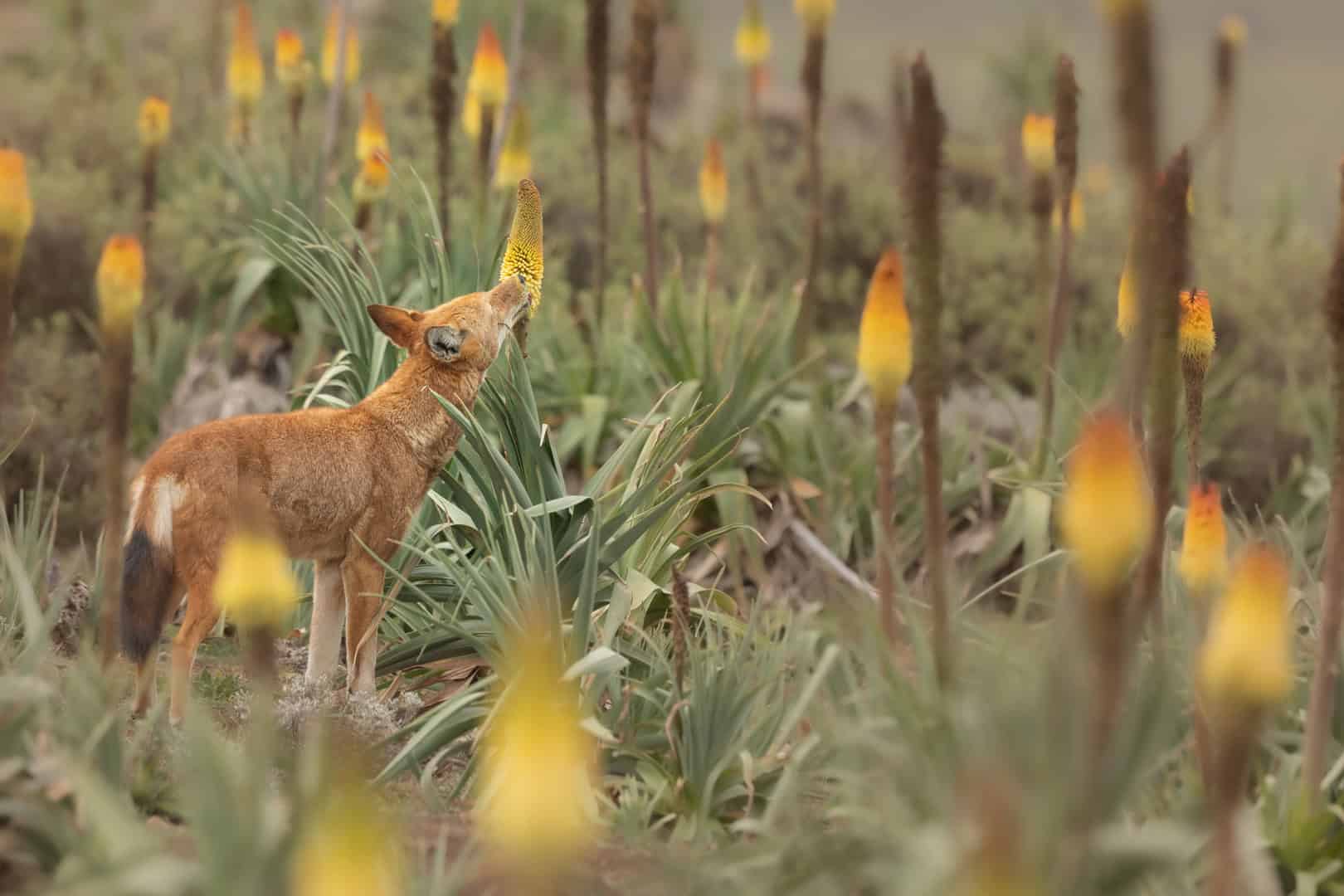Share this article
Why does WNS affect American bats more than European bats?
White-nose syndrome doesn’t always kill bats.
Though massive numbers of the flying mammals have been wiped out from the fungal disease in North America, many European species show a higher resistance to the Pseudogymnoascus destructans fungus that attacks them while they hibernate.
The difference is all in the conditioning, according to a recent study published in Science Advances, and getting a better idea of the conditions that favor the disease could give biologists a clue to stopping it.

A greater mouse-eared bat. ©Gilles San Martin
“We want to know how bats naturally survive white-nose,” said Paul Cryan, a research biologist at the United States Geological Survey’s Fort Collins Science Center and a co-author of the study. “Bats themselves could show us a path to their survival.”
Through modeling, Cryan and other researchers looked at the differences between two North American bat species and two European species. They found that species like little brown bats (Myotis lucifugus), which have suffered huge losses from white-nose syndrome (WNS) in the U.S. Northeast, hibernate in different conditions than other species that aren’t affected as much.
These conditions include everything from the body size and metabolism of the bats themselves to the humidity and temperature of the caves and the length of winter seasons in the areas where they hibernate.
Bigger species like the greater mouse-eared bat (Myotis myotis) in Europe don’t suffer as much from WNS, and it could be due to a combination of their size and different weather and environmental conditions there.
“We didn’t see the fatal combination during the winter,” Cryan said.
In the U.S., particularly in humid caves that used to provide ideal habitat for some bat species, the fungus seems to be thriving.
“The fungus may be forcing some bats out of the places they used to prefer.”
But in North America, the models showed that larger bats which hibernated in drier, colder caves had higher survival rates.
Cryan said future field investigations will be needed to confirm the findings, but they could have management implications.
“We might be able to find these places where the bats survive and if nothing else, prioritize protection of those areas.”
He also said that if they find the right kind of caves that favor the bats over the fungus, they could even look to create safe zones for bat hibernation in the U.S. sometime in the future.
Meanwhile, the U.S. Forest Service-led scientists involved in the release of the first bats successfully treated for WNS in Missouri were awarded for their work at the North American Wildlife and Natural Resources Conference.
Header Image: Little brown bats in Aeolus Cave. ©Keith Shannon/USFWS








